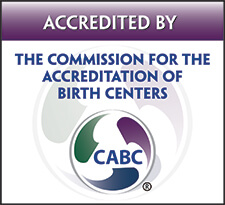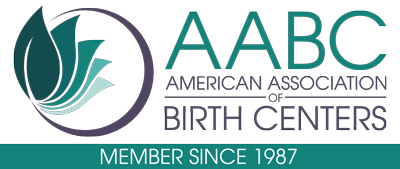 In 2013 California received a State Innovation Model (SIM) Design Grant from the Centers for Medicare and Medicaid Innovation (CMMI) to develop statewide strategies that lead to the Triple Aim of better health, better health care, and lower costs, CALSIM: http://www.chhs.ca.gov/InnovationPlan/_CalSIM%20Maternity%20Initiative%20WriteUp%20April%202014.pdf. Maternity care was identified as one of the four focus areas. The Maternity Care initiative was designed to promote healthy, evidence-based obstetrical care and to reduce the quality shortfalls and high costs associated with unnecessary cesarean deliveries. Midwifery and Birth Center Model of Care was explored as a means to provide high quality care at a lowered cost.
In 2013 California received a State Innovation Model (SIM) Design Grant from the Centers for Medicare and Medicaid Innovation (CMMI) to develop statewide strategies that lead to the Triple Aim of better health, better health care, and lower costs, CALSIM: http://www.chhs.ca.gov/InnovationPlan/_CalSIM%20Maternity%20Initiative%20WriteUp%20April%202014.pdf. Maternity care was identified as one of the four focus areas. The Maternity Care initiative was designed to promote healthy, evidence-based obstetrical care and to reduce the quality shortfalls and high costs associated with unnecessary cesarean deliveries. Midwifery and Birth Center Model of Care was explored as a means to provide high quality care at a lowered cost.
Data being compiled from the Strong Start Grant included several birth centers as a model of care and Best Start Birth Center data /about/our-statistics was included in the study. Key components are: engaging mothers as partners in their care, using evidence-based, coordinated care, and providing health education and emotional support.
The Strong Start birth centers in California are: 1) Best Start Birth Center in San Diego; 2) Women’s Health and Birth Center in Santa Rosa; and 3) The Birth Center, A Nursing Corporation in Sacramento. There have been previous studies showing the excellent outcomes of birth centers and midwifery care. One recent study called, The National Birth Center Study II, was done over the course of four years. The study included a large sample of low risk women (15,574) who gave birth in birth centers. The data compiled was across diverse geographic areas throughout the United States. Data results of the women studied were 93% had a spontaneous vaginal birth, 6% a cesarean birth, and 1% an assisted vaginal birth. Results of The National Birth Center Study II http://www.birthcenters.org/?page=nbcsii are similar to the results of previous studies. Birth centers and the midwifery model of care overwhelmingly demonstrate both the safety of the birth center model
and the low rates of obstetric interventions at birth centers. In addition, the low rate of cesarean deliveries accompanied by the lessened use of interventions highlight the potential cost savings of implementingand expanding the midwifery and birth center model of care.
Read More: CalSIM Maternity Initiative Maternity Care Patient Engagement Strategies (PDF)






